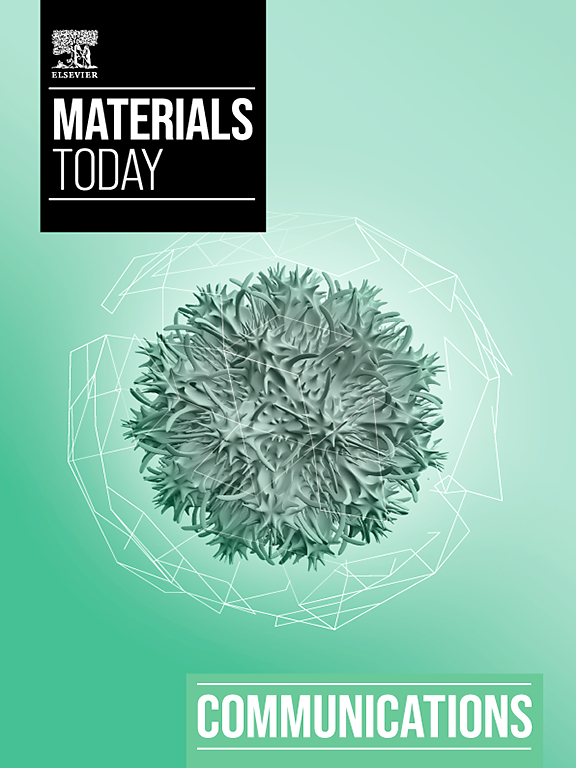Insight into layer formation during friction surfacing: Relationship between deposition behavior and microstructure
IF 4.5
3区 材料科学
Q2 MATERIALS SCIENCE, MULTIDISCIPLINARY
引用次数: 0
Abstract
Friction surfacing (FS) is a solid state layer deposition technique with a simple setup, presenting advantages compared to fusion-based approaches. Previous investigations showed microstructural gradients along layer width and thickness. The current study provides new insight into the FS layer formation for aluminum and its relation with the microstructure evolution. Special consumable studs containing two different aluminum alloys were used to visualize the different materials in the resulting deposit. The investigation was performed at different process parameters, revealing some fundamental material flow characteristics. The layer center presents inner stud material, where advancing side and top are formed by outer stud material. The bottom and retreating side present a mixture of inner and outer stud material. The part of the layer that is formed by the outer material, presumably undergoes higher strain rates during deposition, presenting finer grains. The top of FS layers shows a pronounced texture, shear texture components, compared to the other parts with random texture. This phenomenon can be related to the shearing of the stud material between already deposited material below and the stud at its rear edge. Overall, the FS layer formation characteristics revealed in this study are directly related to local microstructural properties.深入了解摩擦堆焊过程中的层形成:沉积行为与微观结构之间的关系
摩擦堆焊(FS)是一种固态层沉积技术,设置简单,与基于熔融的方法相比具有优势。以往的研究表明,沿层宽度和厚度存在微观结构梯度。目前的研究为铝的 FS 层形成及其与微观结构演变的关系提供了新的见解。研究使用了含有两种不同铝合金的特殊耗材螺柱,以观察形成的沉积物中的不同材料。研究在不同的工艺参数下进行,揭示了一些基本的材料流动特征。层中心呈现内螺纹材料,前进侧和顶部由外螺纹材料形成。底部和后退侧则是内外螺柱材料的混合物。由外层材料形成的层的部分,在沉积过程中可能经历了较高的应变率,呈现出较细的晶粒。与其他部分的随机纹理相比,FS 层的顶部显示出明显的纹理,即剪切纹理成分。这种现象可能与下面已经沉积的材料与后边缘的螺柱材料之间的剪切有关。总之,本研究揭示的 FS 层形成特征与局部微观结构特性直接相关。
本文章由计算机程序翻译,如有差异,请以英文原文为准。
求助全文
约1分钟内获得全文
求助全文
来源期刊

Materials Today Communications
Materials Science-General Materials Science
CiteScore
5.20
自引率
5.30%
发文量
1783
审稿时长
51 days
期刊介绍:
Materials Today Communications is a primary research journal covering all areas of materials science. The journal offers the materials community an innovative, efficient and flexible route for the publication of original research which has not found the right home on first submission.
 求助内容:
求助内容: 应助结果提醒方式:
应助结果提醒方式:


